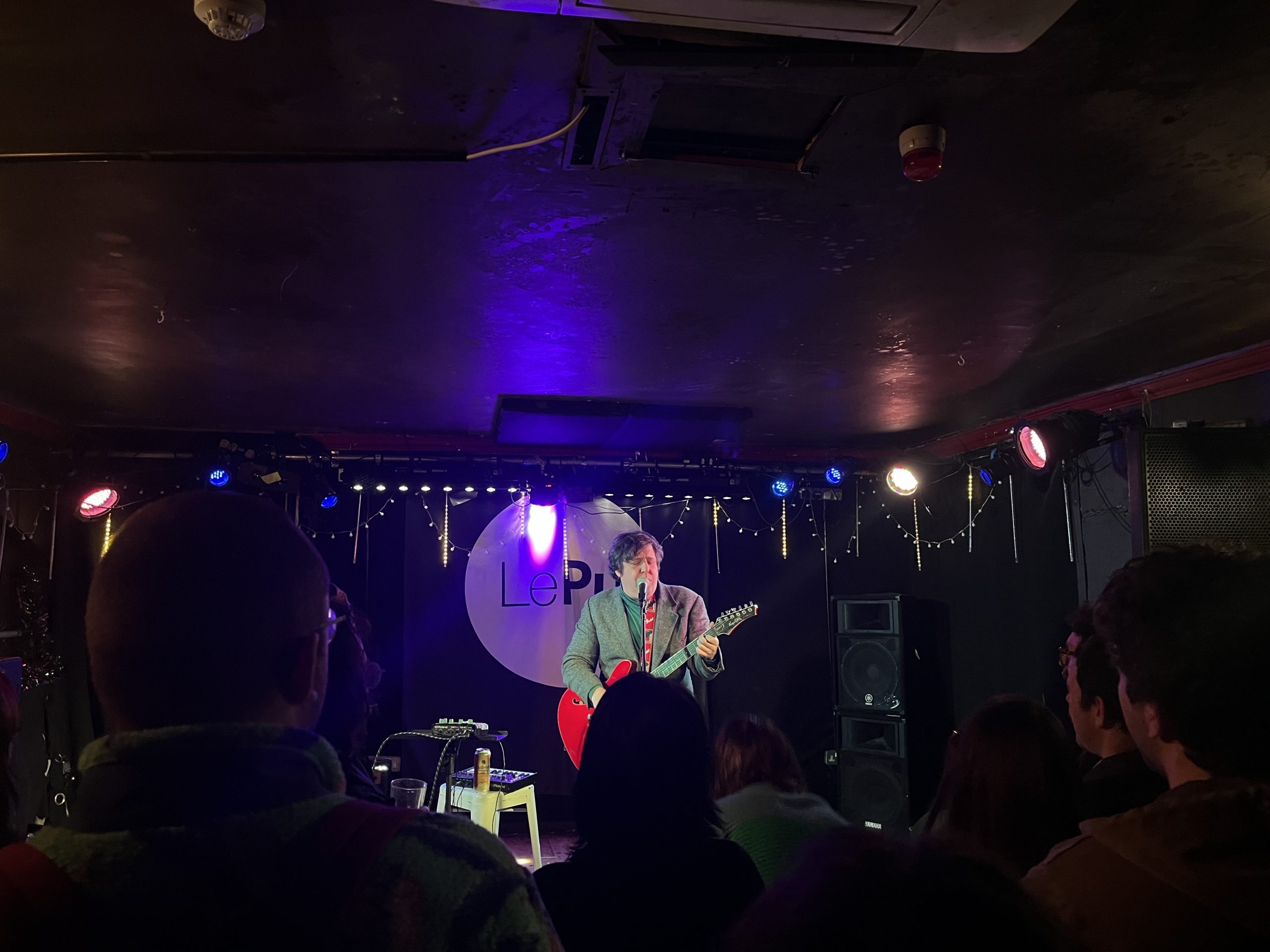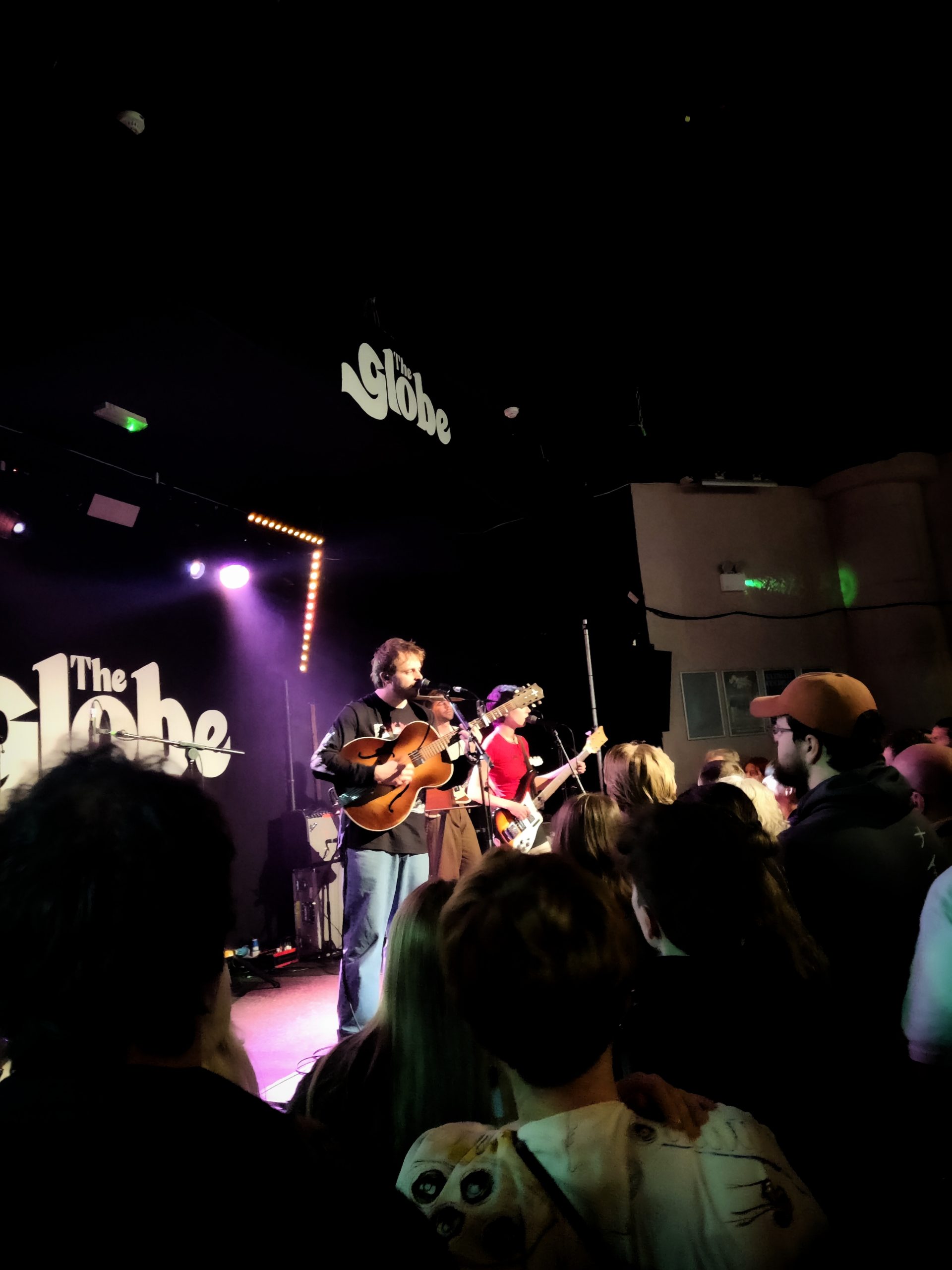After mass promotion and media build-up the latest James Bond film, Spectre┬áfinally opens onto Day of the Dead, Mexico City, with a long continuous moving shot through the carnival celebrations as Bond follows a man through the crowds. Daniel Craig’s fourth bond film, after Casino Royale, Quantum of Solace and Skyfall and director Sam Mendes second, Spectre is linked back to all three of its modern predecessors as well as to the bond films of the past. From the opening the Bond aesthetic is there with an opening sequence that has become its trademark feature. But there is something about Spectre that looks different. Daniel Craig is still the perfect stylish consumerist fantasy but in the opening sequence there is something hackneyed about it. The chaos that ensues in the opening, the explosions, the dust and rubble, the silky hotel rooms, rooftops, helicopters, falling buildings, all the construction materials are there but there is a glossiness that takes bond out of the film and places him aside from it, as if he is half superimposed on the scene. He is too clean, the set ups too perfect, there is no dirt or reality to it, no grittiness that for example the opening chase of Casino Royale had, or even the less acclaimed Quantum of Solace. In Skyfall Roger Deakins cinematography was almost perfect, creating a beautifully shot film and capturing the bond aesthetic in a way that kept with the traditional but was also completely modern. Here the cinematography is often flashy, rubbery and without that composed beauty.

Spectre also lacks a subtlety that Skyfall had. As Bond drove his Aston Martin along the A82 in Skyfall there were beautiful gliding shots of Scottish scenery and the sound in the background of the car accelerating along the road. They stop and look in to the mountains and the mist, into bonds past. There is no music, just the atmosphere of the mountains, and then they continue on to their destination. The lull here is everything. It enhances character, Bond’s exterior shows emotion, memory and distant pain without speech and the calmness increases the effects of the final set pieces at Bond’s childhood home. The action there is increased by the subtly that precedes it. It is the same in the introduction of the Shanghai sequence, Roger Deakins crafts the look of the scene, with the shots of the lit up city of Shanghai, Bond in the blue light of an indoor rooftop swimming pool, and then driving under concrete archways in red light, to the moving colours and shapes reflected in the glass inside the shanghai skyscraper. It is an expertly crafted scene, and the subtle touch’s do not replace the action, they enhance it. By removing everything other than plot as in Spectre, you are left with nothing, just a series of set plays that become less and less impressive as they continue.
At times the acting has a hammy, tongue-in-cheek quality, which is distant from the serious thriller elements of the most recent bond films. But this can be seen in two ways. Either it is a decrease in quality, a loss of some of the serious elements of the most recent bond films, or it is a new style, one that forgoes the tag of a completely serious thriller, and returns to the tongue-in-cheek comedy of the older bond films with a modern twist. It could be seen to be either. Perhaps both. At times the comedic touches are effective, at others they detract from the build-up of more serious action sequences.

The secondary characters at MI6: M (Ralph Fiennes), Q (Ben Whishaw) and Moneypenny (Naomie Harris) are weak, their characters are not built upon at all, playing of their introductions in Skyfall, and they move around the film without the weight they need to carry their own scenes. Denbigh or C (Andrew Scott), the new head of a surveillance programme headed by London, is another underdeveloped character and the plot structure in these areas is thin and painfully obvious. But the scenes that do contain Christoph Waltz are, until the climatic sequence, very engaging, and there remains a certain subtly in the creation of his character. A subtly that hints that in future times his character will be developed further.
And there are great moments. Bond exiting Oberhauser’s compound, the DB10 chase sequence in Rome, the Day of the Dead opening long shot, the section in the snowy mountainous areas of Austria. Spectre is its own film, with a very distinctive tone. The attempts to tie┬áthis in with films┬áit doesn’t quite match makes a comparison that detracts from the enjoyment of the film in its own right. Looking for the quality of Skyfall in Spectre is a futile task, even if it is encouraged by the film itself. It is a new type of bond film, one that is maybe in a transitional stage, but that people will still see and enjoy, not least because for the most part it still remains a well made action thriller.
Beau Beakhouse


